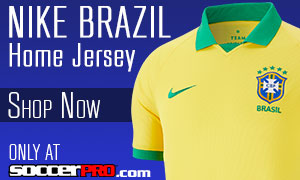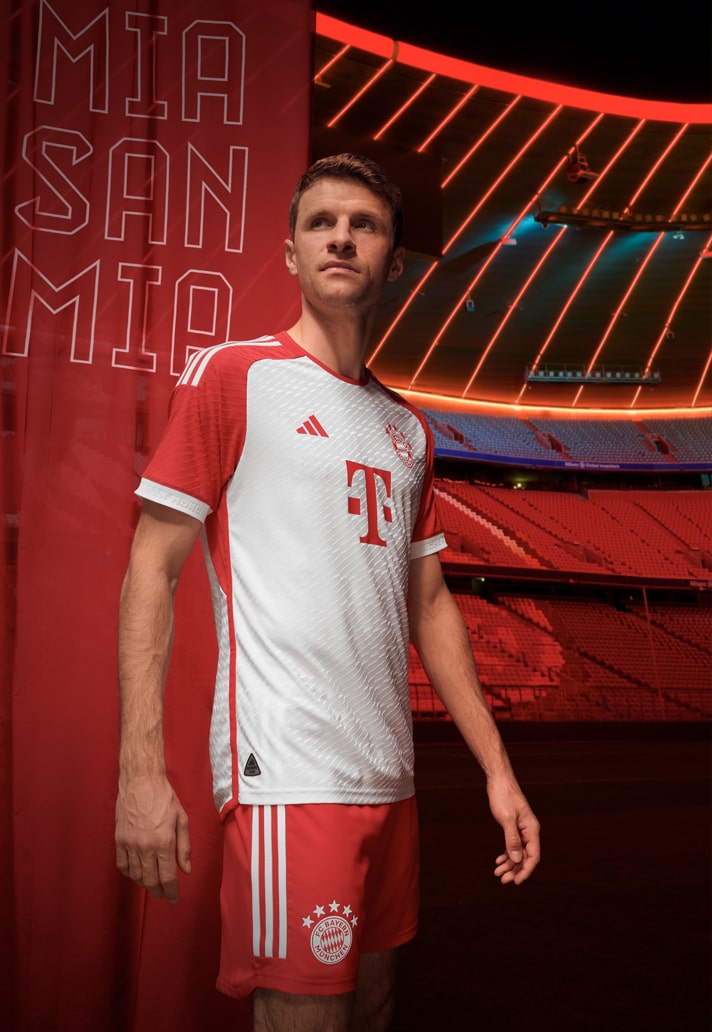When you support your favorite national team, professional team, or youth club team, you may notice patterns in the layout of the 11 players on your squad. These are called formations, and they’re crucial in defining a team’s playing style, strategy, and overall effectiveness on the field.
Over the years, various formations have risen in popularity, each with its unique strengths and weaknesses. This short guide will delve into some of the most popular formations in professional soccer today, focusing on their structure and tactical advantages—as well as a few notable examples of teams or coaches who have used them to great effect.
The 4-3-3 Formation
- Structure: This formation consists of four defenders (two center-backs and two full-backs), three midfielders, and three forwards.
- Tactical Advantages: The 4-3-3 is favored for its balance between defense and attack. It allows for a strong midfield presence while also providing width through the wingers. One of the reasons this formation is among the most popular in all of soccer is that it’s versatile, allowing for quick transitions between defense and attack.
- Notable Examples: FC Barcelona under Pep Guardiola exemplified the 4-3-3 with their famous tiki-taka style, emphasizing possession and short passing with standout players, including Lionel Messi, Andres Iniesta, and Dani Alves.
The 4-2-3-1 Formation
- Structure: This formation features four defenders, two defensive midfielders, three attacking midfielders, and a lone striker.
- Tactical Advantages: The 4-2-3-1 offers a solid defensive base with the two holding midfielders, while the three attacking midfielders provide creativity and support to the striker. It’s effective for controlling the midfield and can adapt to various playing styles.
- Notable Examples: For most of the 2010’s, both Real Madrid and Germany’s national team have successfully used this formation, showcasing its effectiveness in both club and international soccer.
The 3-4-3 Formation
- Structure: This formation features three defenders, four midfielders (including two wing-backs), and three forwards.
- Tactical Advantages: The 3-4-3 is attack-oriented, offering width and numerous attacking options. The wing-backs play a vital role, providing both defensive cover and offensive support.
- Notable Examples: Antonio Conte’s Chelsea and Roberto Martinez’s Belgium have utilized the 3-4-3 to great effect, particularly in exploiting the width of the pitch for long runs down the sideline.
The 4-4-2 Formation
- Structure: This formation features four defenders, four midfielders, and two strikers.
- Tactical Advantages: The 4-4-2 is known for its simplicity, balance, and solid defensive core. It offers a rock-solid defensive structure and effective attacking options, especially with a partnership between the two strikers.
- Notable Examples: The English Premier League has seen many teams successfully employ the 4-4-2, with Sir Alex Ferguson’s Manchester United—featuring star midfielder David Beckham and star forward/midfielder Wayne Rooney—as a prime example.
The 3-5-2 Formation
- Structure: This formation includes three defenders, five midfielders (with two as wing-backs), and two strikers.
- Tactical Advantages: The 3-5-2 provides a strong midfield presence and flexibility in attack, often in a counter. The wing-backs are crucial for providing width and defensive stability.
- Notable Examples: Manager Antonio Conte has famously employed the 3-5-2 during his tenure at several clubs, including at Juventus, Chelsea, and Inter Milan (all of whom secured a domestic title using the formation).
The 5-3-2 Formation
- Structure: This structure features five defenders (including three center-backs), three midfielders, and two strikers.
- Tactical Advantages: This formation is defensively robust, ideal for teams focusing on counter-attacking football. The three center-backs provide extra security against offensive threats.
- Notable Examples: The Brazil national team of 2002 under Felipe Scolari used the 3-5-2 to become the best team in the world, scoring 8 goals in seven games during a title run that featured Ronaldo as striker, Cafu on the backline, and Roberto Carlos roaming the midfield.
Support Your Formation With Football Essentials at SoccerPro
The best formation is one that fits the players on a given team. The same could be said for soccer shoes and apparel. Here at SoccerPro, we carry an extensive selection of licensed soccer gear including soccer club jerseys for both professional and national teams. Also find the latest Nike, PUMA, and adidas soccer cleats. For the fans, we also carry an incredible selection of. Assemble your perfect formation from head to toe with us.




No Comments